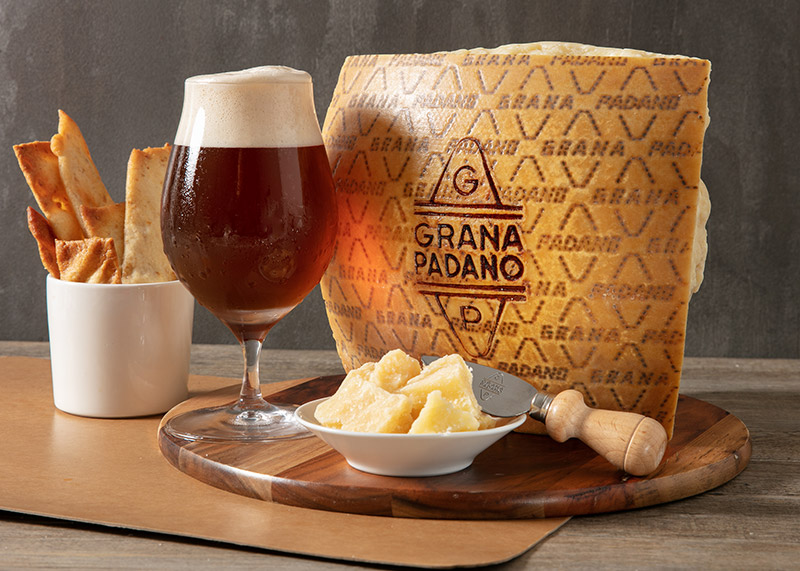
Strong Scotch Ale o Wee heavy

The first of these two stylistic denominations (broadly equivalent in meaning and in modern parlance by both producers and consumers) is a clear indication of the provenance of a type which is not only made in Scotland but all around the world to some extent.
– Storage: As a high fermentation beer it does not need to be kept refrigerated but storage temperatures must not exceed 18-20°C. Beyond this (unless it is pasteurised) a new fermentation may begin in the bottle with unpleasant consequences.
– Serving temperature: from 10 to 16°C in a tulip glass (it can be flared but preferably not too tapered, to avoid excessively limiting the surface area in contact with the air) or a characteristic ‘thistle’ glass and thus with a medium-wide opening.
Initially the glass must be tilted 45° and then straightened up to favour the formation of a good head of foam. We recommend checking the bottom of the bottle carefully: versions that are not fully filtered may contain sediments, given the presence of yeasts.
– Alcohol by volume: 6.5-10% Vol.
Characteristics (visual, on the nose, in the mouth):
Its colour varies from pale copper to dark brown and is generally clean in appearance with a considerable head of dense, compact foam which is not especially long lasting. In its high alcohol versions, legs like those characteristic of wine may be visible. Its aromas are mainly the result of its malt, especially medium-long baking (baked cakes), honey and caramel (toffee and sometimes even a subtle hint of butter), toasted nuts (hazelnuts) and dried fruit (dates, figs). Its high ethyl alcohol levels make a range of fortified versions possible and incursions into coffee aromas and even smoking are possible, depending on the type of cereal chosen. Its flavours and aromas lean towards softness with a body ranging from medium-strong to dense on occasions and soft carbonation, a lean but never dry finish and a light to medium-light bitterness. Its alcohol makes for a pleasantly warm drinking experience. These characteristics make it the perfect match for dishes served in the middle or at the end of a meal.
The structural density and aromas and flavours of Wee Heavy pair marvellously with Grana Padano aged from 16 to 20 months. Specifically, its robust alcohol levels and carbonation work on the fattiness and its malty sweetness on the saltiness of the cheese, balancing them to perfection.
Curious facts
Of the Scottish beers on the market today, this type of beer is considered to be the most closely tied to the region’s historic traditions. Its alcoholic, robust and generally non bitter profile appears to have developed in the 18th and 19th centuries (although today’s versions are less full bodied and leaner), in line with British styles such as Strong Ale, Old Ale and Barley wine.
